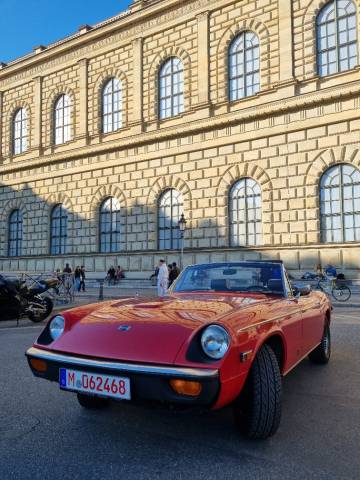Jensen Healey classic cars for sale
The Jensen Healey is a rare two-seater roadster built between 1972 and 1976, powered by an advanced Lotus 2.0-litre engine with 16 valves. The car stands out for its technical innovations and distinctive 1970s British styling. Its driving dynamics and easy access to spare parts make it a practical choice for enthusiasts seeking something different from the mainstream classics.
Search results
Currently, there are no matching listings for your search.
Create search alert
Let yourself be notified as soon as a listing is published that matches your search filters.
Create listing
Do you have a Jensen Healey that you want to sell? Then create a listing now.
Create listingJensen Healey listing references from Classic Trader
Below you will find listings related to your search that are no longer available on Classic Trader. Use this information to gain insight into availability, value trends, and current pricing for a "Jensen Healey" to make a more informed purchasing decision.
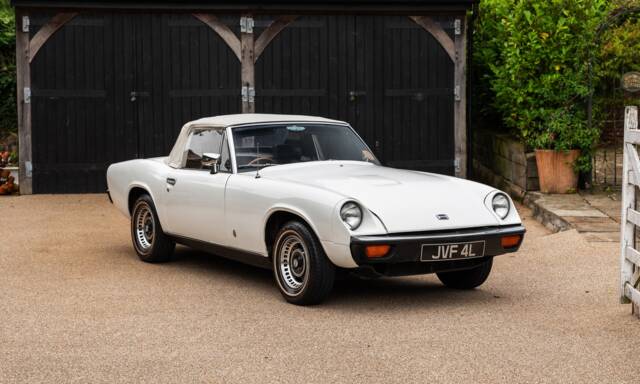
1973 | Jensen Healey
1973 Jensen-Healey
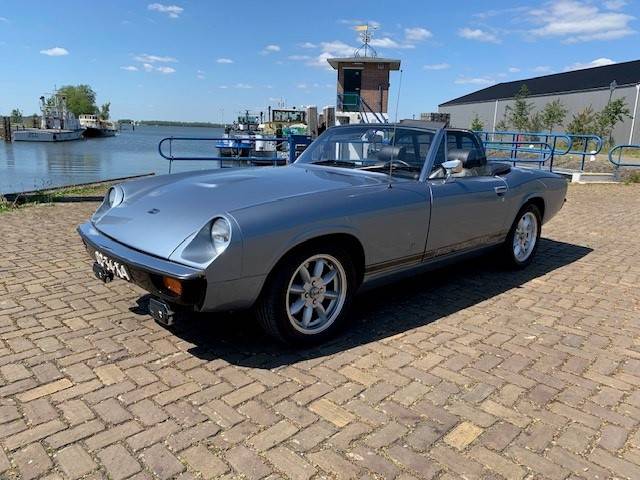
1973 | Jensen Healey
In prima conditie verkerende Jensen Healey MK1.
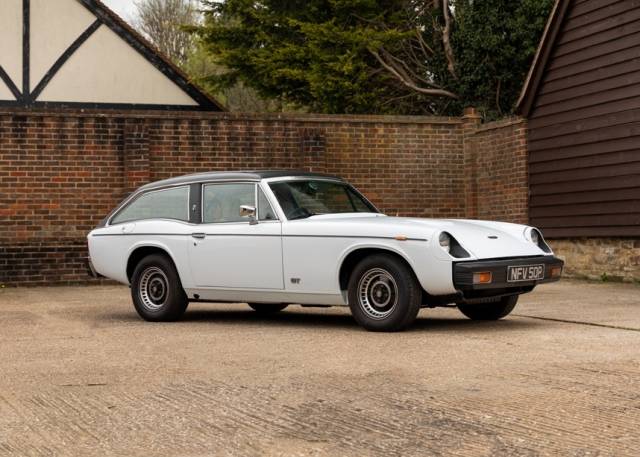
1975 | Jensen Healey GT
Jensen Healey GT
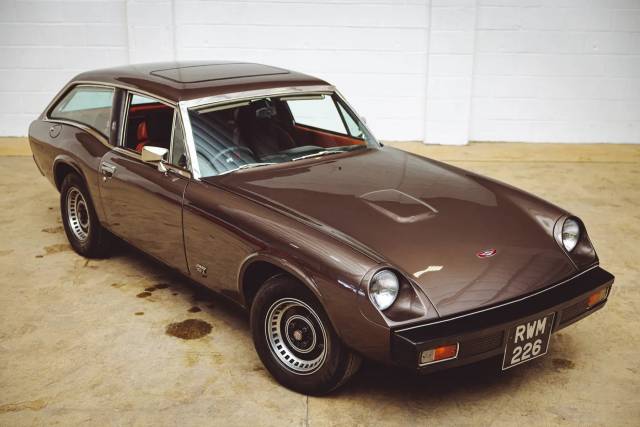
1975 | Jensen Healey GT
One Of Only 218 RHD Made - £7,000 Recently Spent
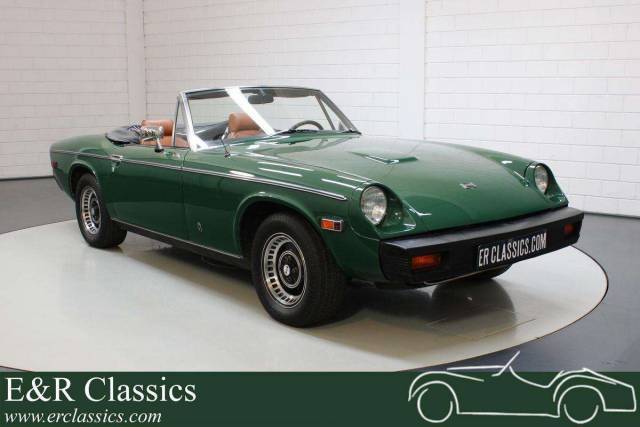
1975 | Jensen Healey
Jensen Healey | Cabriolet | British Racing Green | 1975
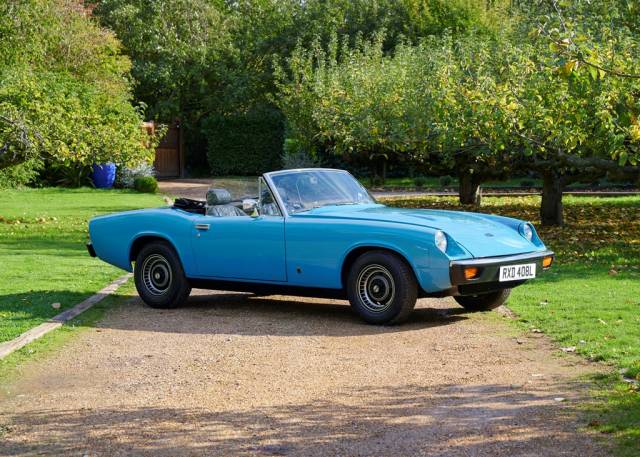
1972 | Jensen Healey
Jensen Healey Convertible
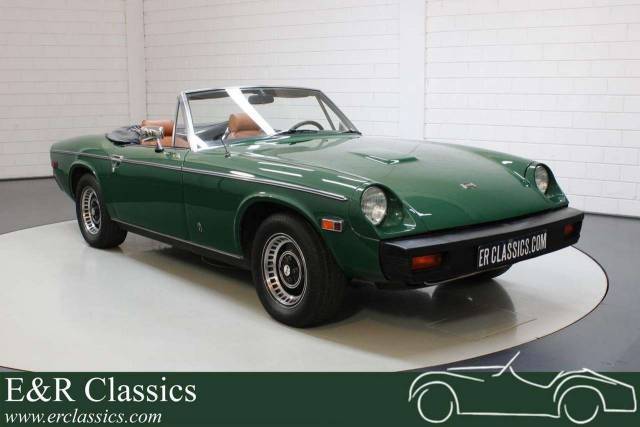
1975 | Jensen Healey
Jensen Healey | Cabriolet | British Racing Green | 1975
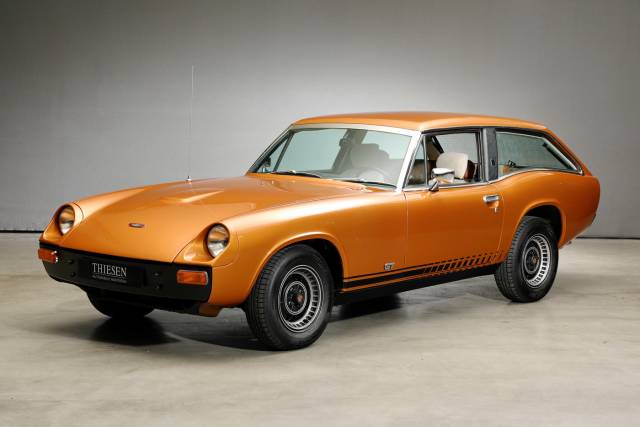
1976 | Jensen Healey GT
GT Shooting Brake LHD

1973 | Jensen Healey
1973 | Jensen Healey
Mit Chromstoßstangen und Hardtop
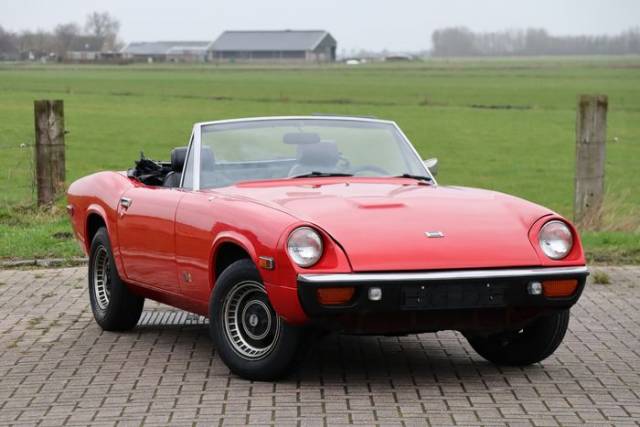
1973 | Jensen Healey
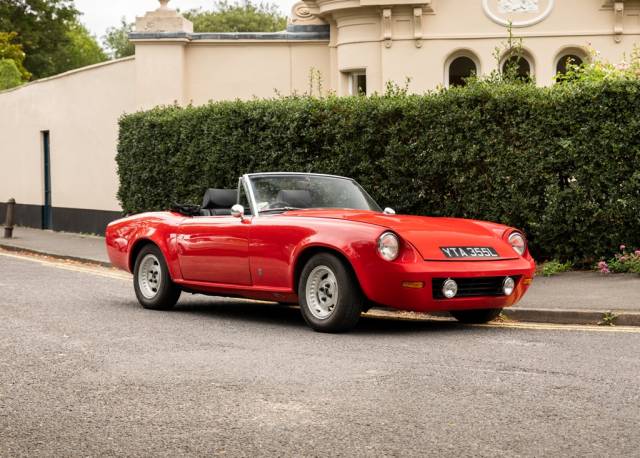
1973 | Jensen Healey
Jensen Healey
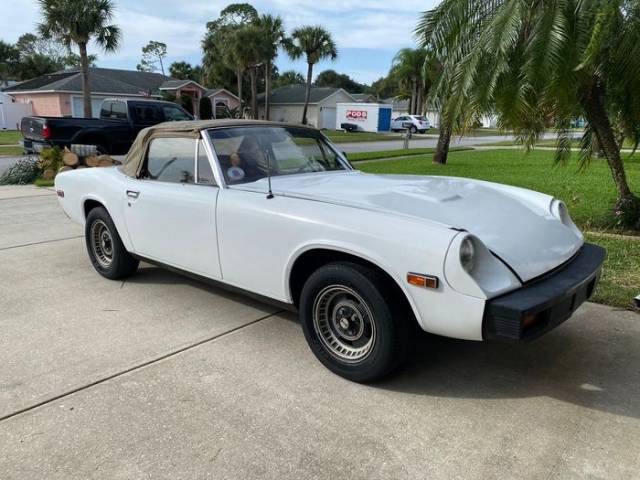
1974 | Jensen Healey
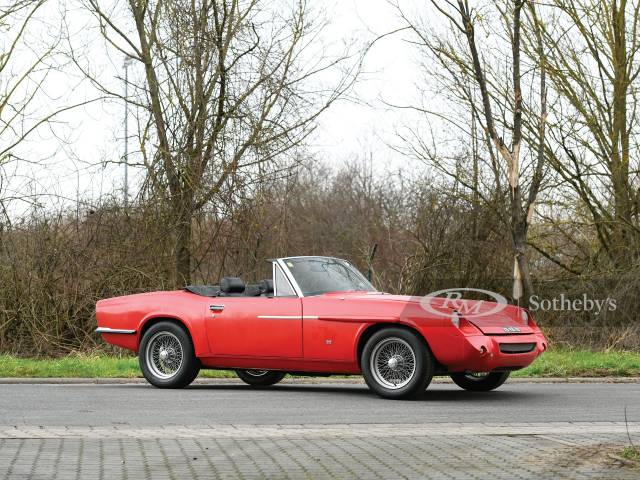
1973 | Jensen Healey
Online Only: The European Sale featuring the Petitjean Collection
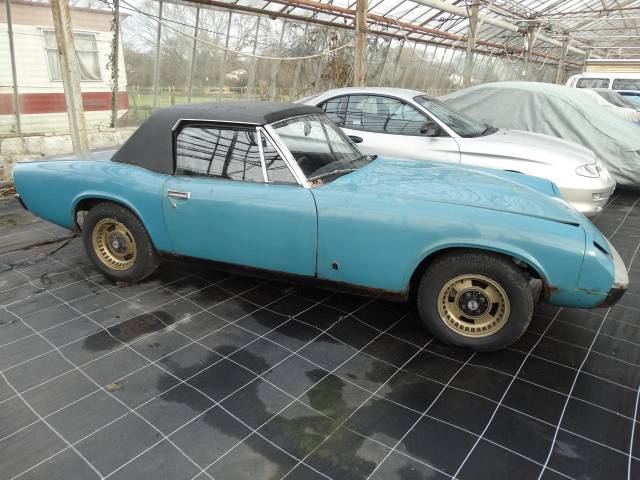
1972 | Jensen Healey
Create search alert
Let yourself be notified as soon as a listing is published that matches your search filters.
Create listing
Do you have a Jensen Healey that you want to sell? Then create a listing now.
Create listingThe history of the Jensen Healey
The Jensen Healey emerged as Jensen Motors' answer to fill the gap left by the Austin-Healey 3000's discontinuation. Produced in West Bromwich between 1972 and 1976, the Jensen Healey was designed as an affordable, performance-led roadster to complement the luxury-oriented Interceptor series. Jensen collaborated closely with Donald and Geoffrey Healey for its development, aiming to attract new buyers to the brand. More than 10,000 units were built before the project ended due to Jensen's financial troubles. The car was predominantly offered as a convertible, available with either a soft top or an optional hardtop. Its launch marked a transition in the British sports car landscape, introducing modern engineering with a focus on driver experience.
Model history
Introduced in two main versions, the Mk I (1972–1973) and Mk II (1973–1975), the Jensen Healey evolved rapidly to address initial quality issues. The Mk I models showed significant problems in build and engine reliability, while the Mk II benefited from substantial upgrades: a strengthened Lotus engine, improved oil sealing, and a five-speed Getrag gearbox replaced the earlier four-speed Chrysler unit. In 1975, the Jensen GT appeared: an elegant fastback coupe derivative produced in very limited numbers. The Healey ended production in 1976 without a direct replacement, cementing its place as a unique chapter in postwar British sports car manufacture.
Highlights of the Jensen Healey
The Jensen Healey was notable for being fitted with the Lotus 907 engine, the world's first mass-produced DOHC 16-valve engine. Delivering roughly 144 hp from just two litres, it provided the Healey with robust performance—0 to 100 km/h in around 8 seconds and top speeds touching 190 km/h. Standout features included the car's nearly perfect 50:50 weight distribution, sharp handling aided by double wishbone suspension up front, and practical everyday usability. Importantly, the Jensen Healey constitutes 100% of our Jensen supply and demand statistics, illustrating its unique standing among Jensen enthusiasts and collectors.
Technical data
Special Editions and Collectible Models
The most notable collectible edition is the Jensen GT, a fastback coupe based on the Healey platform produced between 1975 and 1976 with just about 500 units built. These GTs are especially rare and valued for their unique body style and technical evolution from the Healey roadster. Early Mk I cars are somewhat sought-after by purists, but the improved Mk II offers better reliability for regular use.
Weak Spots and Common Issues
Prospective buyers should thoroughly check for rust, particularly on the doors, wheel arches, sills, and front chassis legs—repairs here are complex and parts can be tricky to source. Early cars suffered from poor build quality and frequent oil leaks from the Lotus engine, especially at the cam covers and gaskets. Cylinder liner issues and high oil consumption were common, with cam belt changes mandatory to avoid catastrophic failures. The use of adapted suspension and brake components from Vauxhall and Triumph, while serviceable, means sourcing some parts can require specialist suppliers. Ideally, hunt for a Mk II car: these had reinforced engines and improved build quality.
Engine and Performance, Transmission and Handling
The Jensen Healey delivers brisk acceleration thanks to its advanced Lotus twin-cam engine, with a sprightly 0–100 km/h time under 8.1 seconds. The nearly 50:50 weight balance ensures precise cornering and a lively driving experience. The Getrag five-speed gearbox (from 1974) improves long-distance comfort and performance compared to the earlier four-speed Chrysler unit. While handling is sharp for its era, the use of recycled rear axle and brake components limits ultimate finesse. Nevertheless, the Healey feels planted and communicates well to an enthusiastic driver. The Mk II is generally preferred for its uprated engine, improved cylinder head sealing, and the more robust 5-speed Getrag gearbox. The rare Jensen GT is sought-after by collectors for its coupe styling and rarity, but the open roadster Mk II offers the best balance for regular use.
Interior, Comfort, Exterior and Design
The Jensen Healey’s styling was a joint effort between Donald Healey and Jensen, capturing early 1970s angular lines, a long bonnet, and concise rear deck. Early cars came with classic chrome bumpers (pre-safety regulations), while later models received black rubber bumpers. Soft top was standard, with hardtop available as an extra. The spartan but purposeful cabin was later improved with wood trim and optional leather in Mk II cars. Factory-fitted accessories included an original JH 8-track radio, roll bar, and a choice of black or brown upholstery. Special colours and original paintwork are prized, helping preserve the car’s collector appeal. Limited German-market examples feature original kilometre speedometers, contributing to their rarity.
Other relevant features
Parts availability is surprisingly good thanks to specialist suppliers in the UK, and the Healey’s mechanical simplicity makes running costs relatively modest for a classic sports car. Many examples come with additional spare parts, hard or soft tops, and period accessories. The car’s acceptance for historic plates (such as Germany’s H-Kennzeichen) adds to its practicality for enthusiasts wanting a vehicle with character and usability.
Summary
The Jensen Healey stands apart as a technical trailblazer of early 1970s British sports car engineering. Combining Lotus power, classic British styling, and genuine rarity, it provides enthusiasts with a distinctive driving experience. Buyers should prioritise condition and the robust Mk II cars, watching for common rust and engine issues. With strong supply and demand in the classic market, the Healey is a compelling choice for drivers seeking something with both history and personality.
